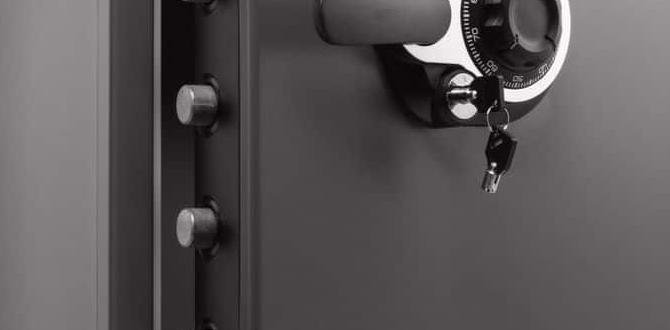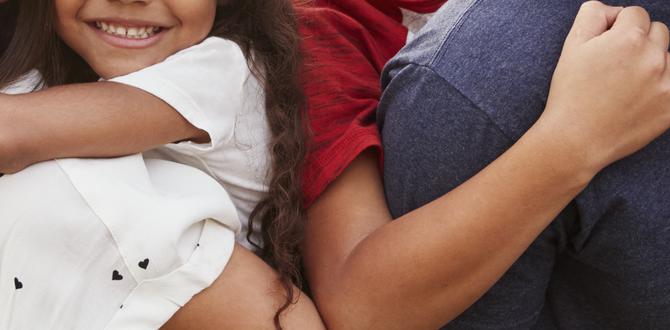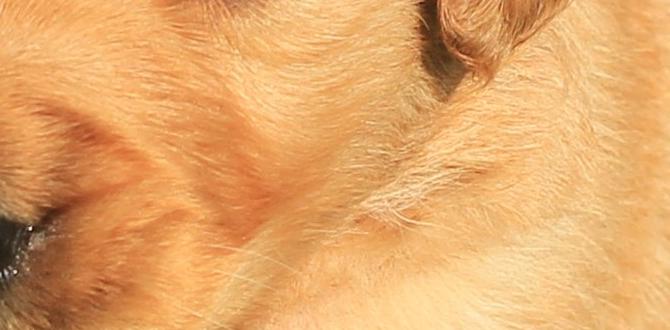Redirecting Young Fangs: Addressing Aggressive Dog Behavior in Puppies
Aggressive dog behavior in puppies is a concerning sign that, if left unaddressed, can escalate into serious issues as they mature. While playful nipping is a normal part of puppy development, a line exists between enthusiastic mouthing and genuinely aggressive tendencies. Understanding the root causes, recognizing the warning signs, and implementing effective, positive training strategies are crucial for fostering a well-adjusted, confident canine companion and preventing future behavioral complications. Ignoring these early signals isn’t an option; it’s an invitation for more significant challenges down the line.
Understanding the Roots of Aggression in Puppies
It’s vital to remember that “aggression” in puppies often stems from different motivations than in adult dogs. Rather than malice, their behavior might be driven by:
Over-arousal and Excitement: Puppies, like toddlers, can get overwhelmed. Intense play sessions, new environments, or even prolonged greetings can lead to a heightened state of arousal, manifesting as nipping, jumping, and even short bursts of lunging. This isn’t true aggression but a lack of impulse control.
Fear and Insecurity: Puppies experiencing fear due to a lack of socialization, startling experiences, or perceived threats may resort to defensive behaviors. This can include growling, snapping, or even biting as a way to create distance and protect themselves.
Resource Guarding: Even at a young age, puppies can begin to exhibit resource guarding behaviors. This means they might snap or growl if they feel someone is trying to take away their favorite toy, food bowl, or even your attention.
Play Biting Gone Too Far: As mentioned, mouthing is normal. However, if a puppy consistently bites too hard during play, doesn’t respond to yelps or redirection, and shows a persistent desire to sink their teeth into hands or clothing, it’s a red flag that needs immediate attention.
Lack of Boundaries and Training: Puppies thrive on structure and clear communication. Without consistent rules and guidance, they maytest boundaries, and this can sometimes be misinterpreted as aggressive behavior when it’s simply a puppy trying to figure out the rules of their world.
Medical Issues: While less common, pain or discomfort from an underlying medical condition can lead to irritability and aggressive responses. If aggression appears suddenly or is accompanied by other physical symptoms, a veterinary check-up is essential.
Recognizing the Warning Signs
Distinguishing playful nipping from concerning aggressive dog behavior in puppies requires keen observation. Look for:
Intensified Body Language: Beyond playful growls and barks, pay attention to stiffness in the body, raised hackles (the fur along their spine), direct stares, and a tense mouth.
Hard Mouth Biting: If your puppy’s bites are forceful, puncturing skin, linger, or feel like they’re intentionally trying to inflict pain, it’s more than just mouthing.
Low Growls and Snarls: While playful growls are common, a deep, guttural growl accompanied by a visible snarl (lips pulled back, teeth showing) is a serious warning.
Lunging and Snapping: Repeatedly lunging at people or objects with a snapping motion, especially in a context that isn’t purely playful, is concerning.
Lack of Response to Redirection: If your puppy consistently ignores or even retaliates when you try to distract them from biting or nipping, it suggests a deeper issue with impulse control or a tendency towards defiance.
Persistent and Unyielding Behavior: Aggressive behavior isn’t an isolated incident. If you notice these behaviors occurring frequently, in various contexts, and without improvement despite your efforts, it warrants professional intervention.
Strategies for Intervention
Addressing aggressive dog behavior in puppies requires patience, consistency, and positive reinforcement. Force-based methods can exacerbate fear and aggression, so focus on building trust and teaching appropriate behaviors.
1. Immediate Redirection: When your puppy mouths too hard, immediately yelp “ouch!” loudly and withdraw your hand or foot. This simulates how littermates would react to overzealous play. If they stop, praise them and offer an appropriate chew toy. If they persist, calmly remove yourself from the situation for a brief cool-down period.
2. Provide Appropriate Outlets for Chewing: Puppies need to chew. Ensure they have a variety of safe and engaging chew toys. When they chew on their toys, praise them enthusiastically. This teaches them what is acceptable to bite.
3. Focus on Positive Socialization: Early and positive socialization is paramount. Expose your puppy to a variety of sights, sounds, people, and well-behaved dogs in a controlled and positive manner. This helps build confidence and reduces fear-based reactivity. Avoid overwhelming them.
4. Teach Bite Inhibition: This directly combats mouthing. By yelping and withdrawing when teeth touch skin, you teach puppies to use a softer mouth. Gradually increase the pressure they can apply before you react until they learn to be very gentle.
5. Establish Clear Boundaries and Rules: Consistency is key. Ensure all family members are on the same page with rules regarding play, furniture, and attention. This predictability helps puppies feel secure.
6. Reward Calm Behavior: Actively look for and reward moments when your puppy is calm and relaxed, especially in situations that might normally trigger excitement or nipping. This reinforces desirable behaviors.
7. Teach “Leave It” and “Drop It”: These commands are invaluable for preventing resource guarding and for safely retrieving items your puppy shouldn’t have.
8. Manage the Environment: If you know certain situations trigger your puppy’s arousal or anxiety, manage them proactively. For example, if they tend to nip when over-excited by visitors, consider having them on a leash or in a safe space during arrivals.
When to Seek Professional Help
While many puppy issues can be managed with consistent training at home, there are times when professional intervention is not only recommended but necessary for addressing aggressive dog behavior in puppies. Consult a certified professional dog trainer or a veterinary behaviorist if:
The biting is severe or causing significant injury.
The behavior is fear-based, with visible signs of distress or panic.
You notice persistent resource guarding with a genuine threat display.
Your puppy is unresponsive to your training efforts.
* You feel overwhelmed or unsafe around your puppy.
Don’t wait for aggressive tendencies to solidify into ingrained adult behaviors. By understanding the early signs, implementing consistent positive training methods, and seeking expert guidance when needed, you can effectively redirect your puppy’s energy and resolve aggressive dog behavior in puppies, setting the stage for a lifetime of harmonious companionship.
Meet Elyse Colburn, the devoted canine companion and storyteller behind the enchanting world of “Tales, Tails, and Adventures Unleashed.” A passionate dog enthusiast with a heart full of paw prints, Elyse Colburn shares heartwarming tales and insightful adventures, celebrating the joy, loyalty, and endless antics that make every dog a true hero. Join Elyse Colburn on this tail-wagging journey, where every post is a love letter to our four-legged friends.






